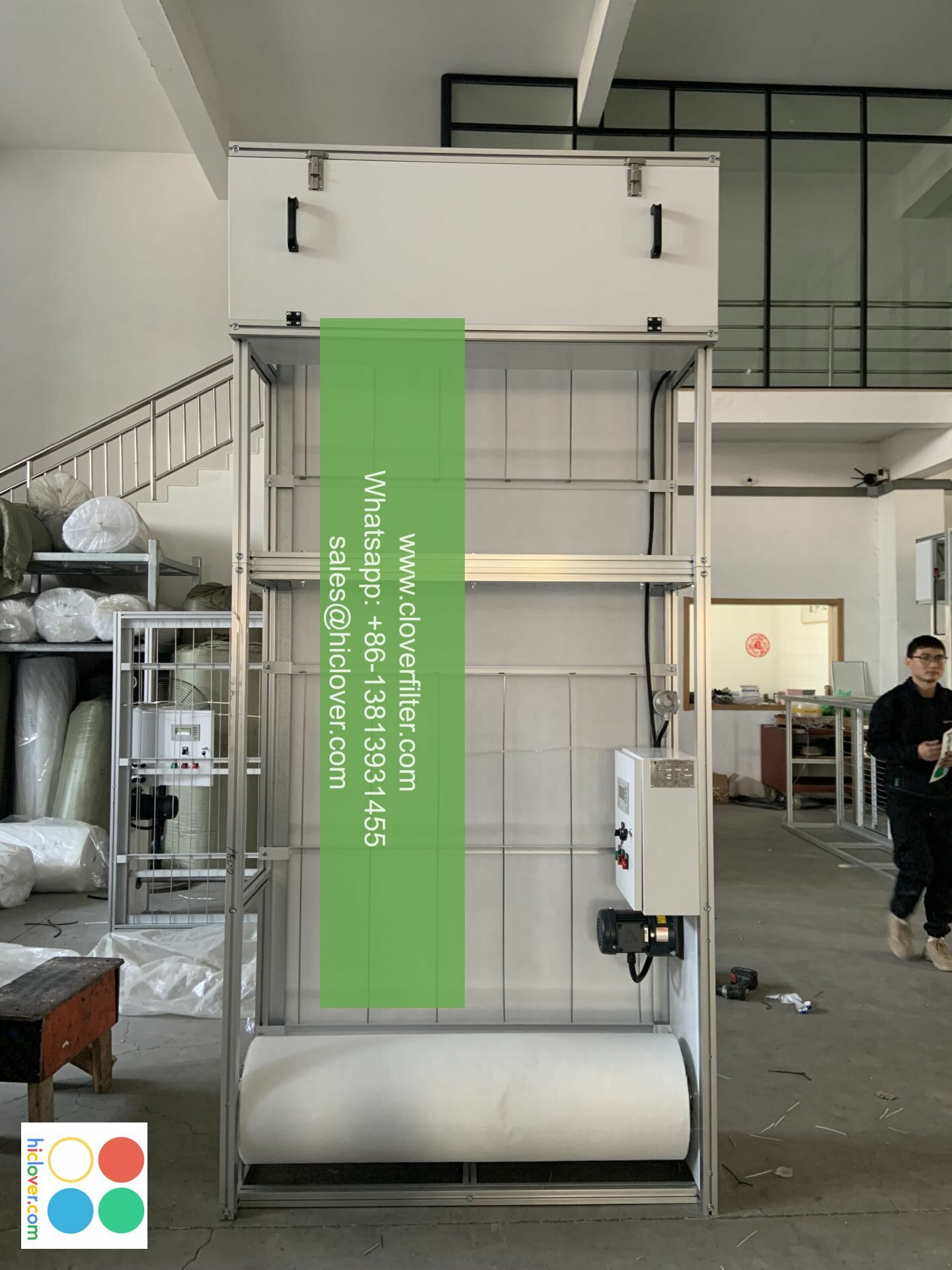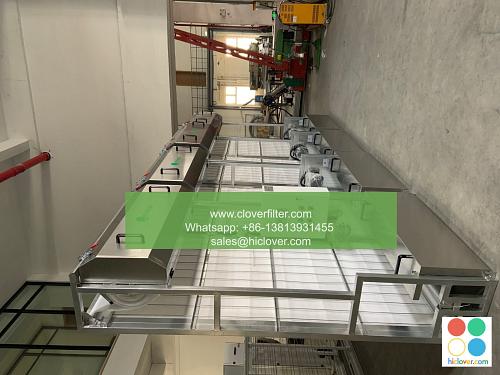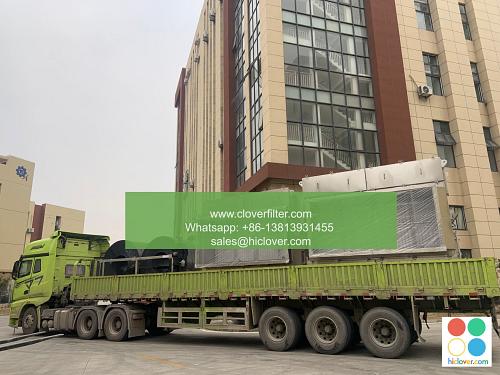The Energy Efficiency of Air Filters: A Review

Air filtration is an essential aspect of maintaining indoor air quality, and the energy efficiency of air filters has become a crucial consideration in recent years. The increasing demand for energy-efficient solutions has led to the development of various types of air filters that not only provide effective air purification but also minimize energy consumption. In this article, we will review the energy efficiency of air filters, highlighting various application areas and key technologies.
Introduction to Air Filters
Air filters are designed to remove particulate matter, gases, and odors from the air, improving indoor air quality and promoting occupant health. The most common types of air filters include HEPA filters, activated carbon filters, and electrostatic filters. Each type of filter has its unique characteristics, advantages, and disadvantages, and the choice of filter depends on the specific application area and air quality requirements.
Energy Efficiency of Air Filters
The energy efficiency of air filters is determined by several factors, including the filter media, airflow rate, and pressure drop. A filter with a high pressure drop requires more energy to push air through, resulting in increased energy consumption. On the other hand, a filter with a low pressure drop can operate at a lower energy cost. The energy efficiency of air filters can be improved by using high-efficiency filter media, optimizing airflow rates, and minimizing pressure drop.
Application Areas of Energy-Efficient Air Filters
Energy-efficient air filters have various application areas, including:
- Residential buildings: Energy-efficient air filters can help reduce energy consumption and lower utility bills in residential buildings.
- Commercial buildings: Energy-efficient air filters can improve indoor air quality and reduce energy costs in commercial buildings, such as offices, hospitals, and shopping centers.
- Industrial facilities: Energy-efficient air filters can help reduce energy consumption and improve process efficiency in industrial facilities, such as manufacturing plants and data centers.
- Vehicles: Energy-efficient air filters can improve fuel efficiency and reduce emissions in vehicles, such as cars, trucks, and buses.
Key Technologies for Energy-Efficient Air Filters
Several key technologies have been developed to improve the energy efficiency of air filters, including:
- Nanofiber technology: Nanofiber filters have a high surface area and can capture small particles with high efficiency, resulting in low pressure drop and energy consumption.
- Membrane technology: Membrane filters can separate particles and gases with high efficiency, resulting in low energy consumption and high air quality.
- Electrostatic technology: Electrostatic filters can capture particles with high efficiency, resulting in low energy consumption and high air quality.
Conclusion
The energy efficiency of air filters is a critical consideration in various application areas, including residential, commercial, industrial, and vehicle applications. By using high-efficiency filter media, optimizing airflow rates, and minimizing pressure drop, energy-efficient air filters can help reduce energy consumption and lower utility bills. The development of key technologies, such as nanofiber technology, membrane technology, and electrostatic technology, has further improved the energy efficiency of air filters. As the demand for energy-efficient solutions continues to grow, the development of energy-efficient air filters is expected to play a vital role in promoting sustainable development and reducing environmental impact. You haven’t asked a question or provided a prompt for me to respond to. What would you like to talk about or ask? I’ll do my best to provide a helpful and direct response.


